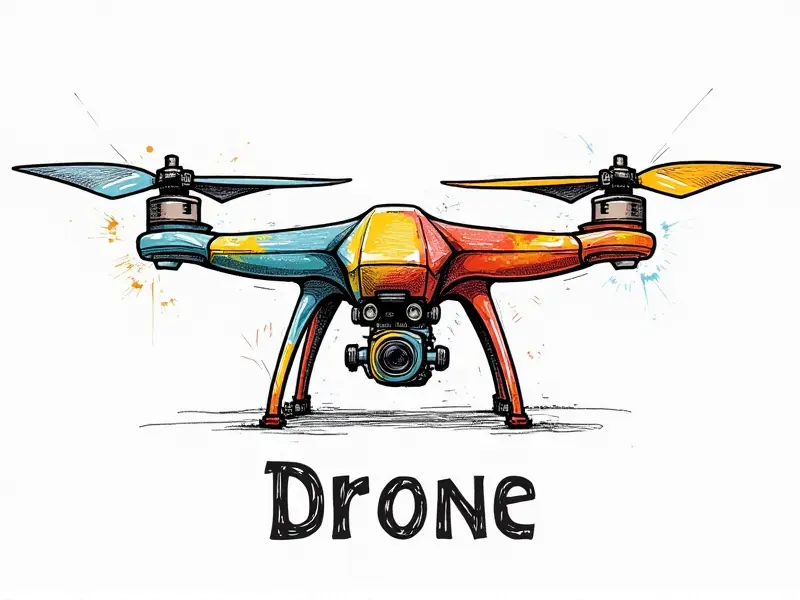Why do Li-ion batteries explode?

Understanding Li-Ion Battery Safety for FPV Racing
For enthusiasts involved in First-Person View (FPV) racing, the safety of their equipment is paramount. Lithium-ion (Li-Ion) batteries are crucial components that power RC quadcopters and other high-performance models. However, these batteries can pose significant risks if not handled correctly.
The Risks of Li-Ion Battery Explosions in RC Models
Li-Ion battery explosions in remote-controlled (RC) models can lead to catastrophic failures that endanger both the operator and bystanders. These incidents are often caused by improper handling, overcharging, or manufacturing defects.
Preventing Li-Ion Battery Fires in RC Quadcopters
- Use Quality Batteries: Invest in reputable brands that adhere to safety standards.
- Monitor Temperature: Keep an eye on battery temperature during use and storage.
- Avoid Overcharging: Use chargers with built-in protection features.
Common Causes of Li-Ion Battery Failures in RC Helis
RC helicopters are particularly susceptible to Li-Ion battery issues due to their high power demands. Common causes include:
- Physical Damage: Dents, cracks, or punctures can compromise the integrity of the cells.
- Inadequate Charging: Undercharging can lead to reduced performance and potential failure.
How to Avoid Li-Ion Battery Explosions in RC Planes
To prevent explosions in RC planes, follow these guidelines:
- Proper Storage: Store batteries at room temperature away from flammable materials.
- Battery Management Systems (BMS): Utilize BMS to monitor and regulate battery health.
Li-Ion Battery Safety Tips for RC Enthusiasts
Here are some essential safety tips:
- Read Manufacturer Instructions: Follow the guidelines provided by the battery manufacturer.
- Use Protective Gear: Wear gloves and eye protection when handling batteries.
The Dangers of Overcharging Li-Ion Batteries in RCs
Overcharging is one of the leading causes of Li-Ion battery explosions. It can lead to thermal runaway, where excessive heat builds up inside the battery, causing it to ignite or explode.
Protecting Your RC Gear from Li-Ion Battery Hazards
- Battery Cases: Use protective cases to shield batteries during transport and storage.
- Regular Inspections: Conduct regular visual inspections for signs of damage or wear.
Risk of Li-Ion Battery Explosions in FPV Racing
In the high-stakes world of FPV racing, the risk of battery explosions is a serious concern. Ensuring that your batteries are safe and well-maintained can prevent accidents and ensure competitive performance.
Preventing Catastrophic Failures with Proper Li-Ion Handling
- Proper Charging: Charge batteries according to the manufacturer’s specifications.
- Battery Health Monitoring: Regularly check battery health using diagnostic tools.
Understanding the Chemistry Behind Li-Ion Explosions
The chemistry of Li-Ion batteries involves a complex interplay between lithium ions and electrolytes. When this balance is disrupted, it can lead to dangerous conditions such as thermal runaway.
Battery Composition
- Anode: Typically made of graphite or other carbon-based materials.
- Cathode: Usually composed of lithium metal oxides.
The Role of Electrolytes
Electrolytes facilitate the movement of lithium ions between the anode and cathode. If these electrolytes break down or become contaminated, it can lead to internal short circuits and overheating.
Conclusion
Maintaining safety with Li-Ion batteries in RC models is crucial for both performance and personal security. By understanding the risks and implementing proper handling practices, enthusiasts can enjoy their hobby without compromising on safety.

